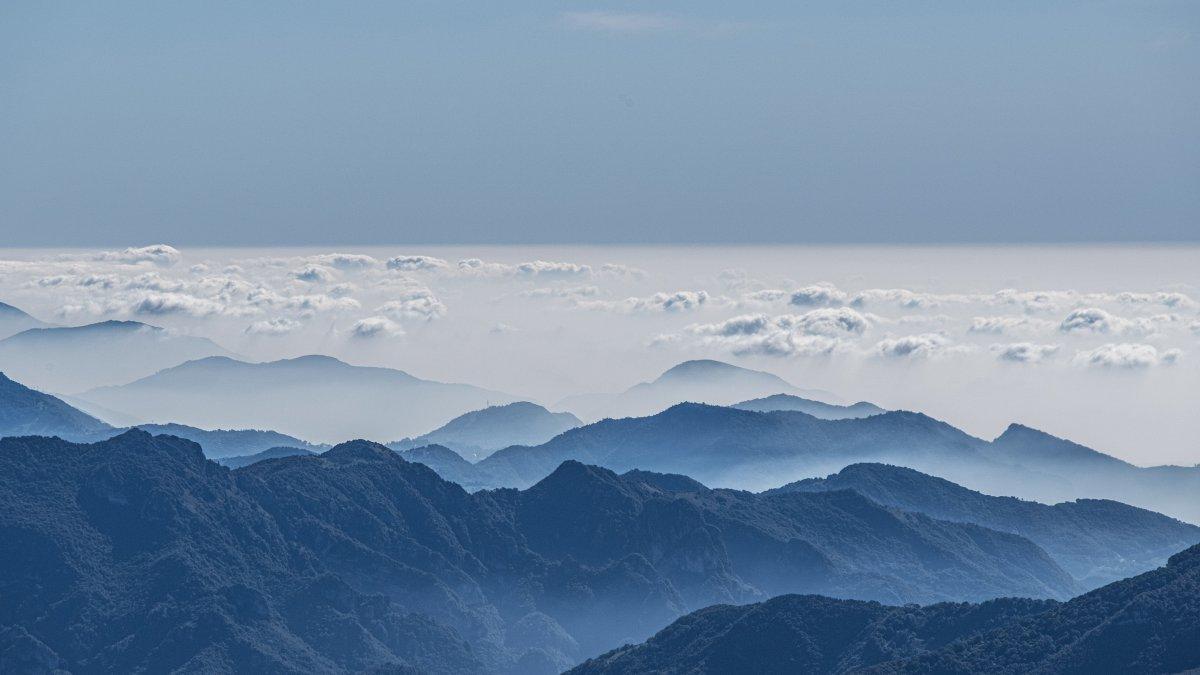The Dominican Republic is a paradise for those who love lively and colorful cultures, surrounded by friendly people who are always ready to share with others the beauty of their traditions. With a rich history that dates back to the pre-Colombian era, traditional Dominican culture is a blend of indigenous, African, and European influences, which result in a unique and vibrant cultural heritage that is recognized worldwide.
One of the most important cultural traditions in the Dominican Republic is Carnival and the Carnaval de la Vega, which is the most famous carnival in the country. The event takes place every February and is one of the most anticipated and colorful celebrations in the country. Visitors can admire the intricate costumes, the energy of the dancers, and the music that fills the air. The music is a fusion of African drumming, Spanish guitar, and other local instruments, creating sounds that make everyone want to dance!
The traditional merengue and bachata music are also closely associated with Dominican culture. The merengue is a lively dance that originated in the country and became popular in the 1930s. It is characterized by quick, rhythmic drumming and a fast-paced tempo that makes everyone want to move their feet! The bachata, on the other hand, is more romantic and slow, making it the perfect dance for couples. It is also known as the “dance of love” and is often accompanied by a heartbreaking song.
Dominican food is another element that cannot be overlooked. The traditional cuisine is a blend of flavors and spices that reflect the country’s history and culture. Some of the most popular Dominican dishes are Sancocho, a hearty stew made with meat, tubers, and vegetables, Chicharrón de pollo, deep-fried chicken bits served with a variety of sauces, and Mangú, mashed plantains served with fried cheese and eggs.
Finally, one of the most fascinating aspects of Dominican culture is the art of cigar-making. The country produces some of the best cigars in the world, thanks to the perfect growing conditions in the fields of the Cibao Valley. The cigar-making process is an art form that has been passed down from generation to generation, with the expert rollers taking years to master the different techniques involved.
In conclusion, the Dominican Republic’s cultural traditions are a fusion of indigenous, African, and European influences that have been shaped by the country’s rich history. From the colorful Carnival to the lively merengue and bachata music, the flavors of the local cuisine, and the art of cigar-making, visiting the country means exploring a vibrant and rich culture full of life and energy.
(Note: Do you have knowledge or insights to share? Unlock new opportunities and expand your reach by joining our authors team. Click Registration to join us and share your expertise with our readers.)
Speech tips:
Please note that any statements involving politics will not be approved.
